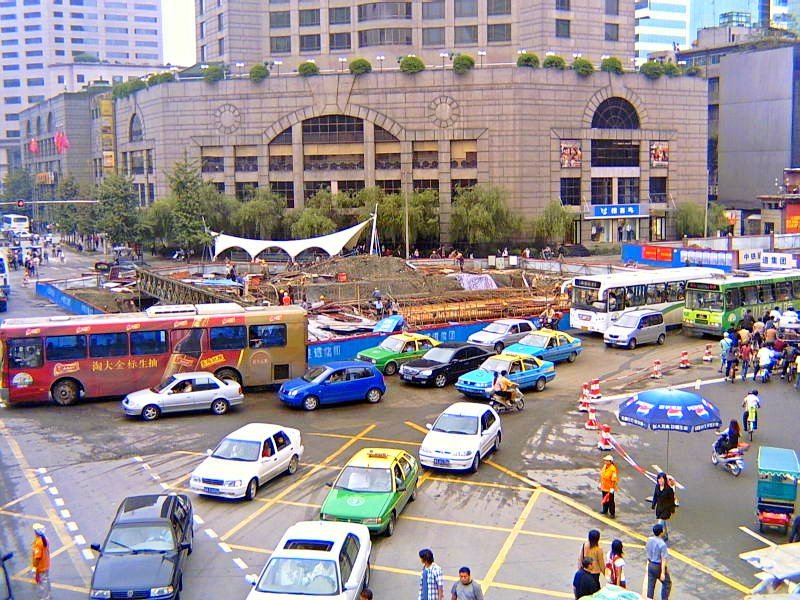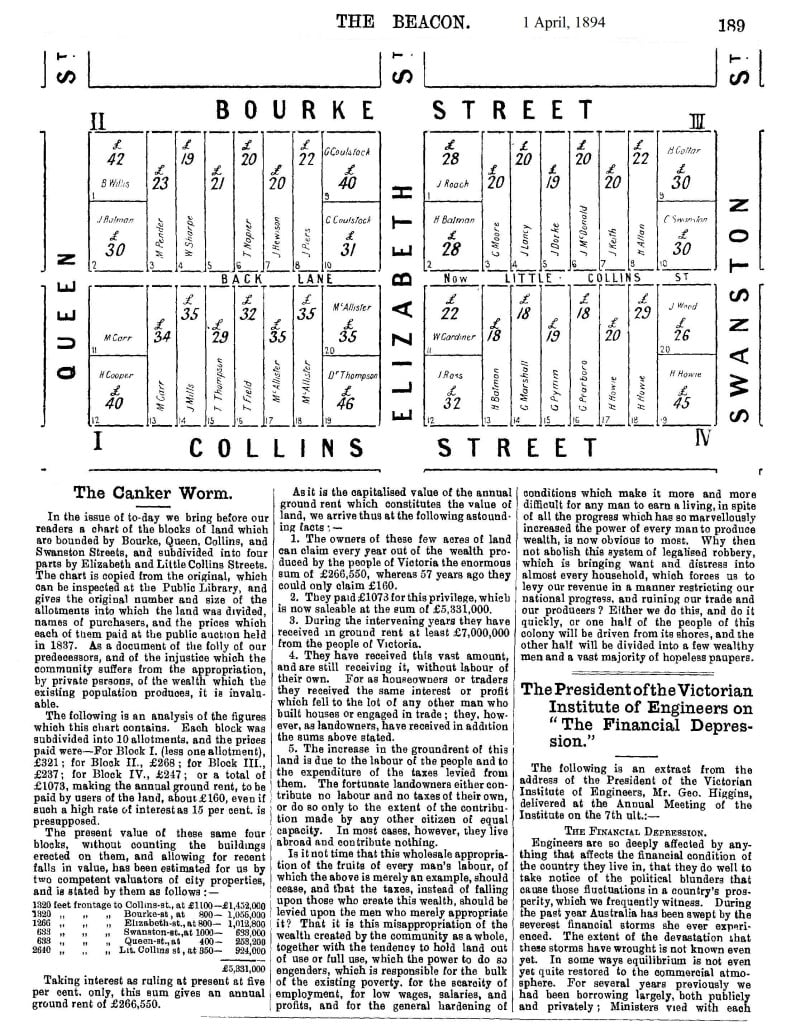“BANKERS AND COMMUNISTS”, a thoughtful article by Alan Kohler in today’s Business Spectator.
On which I commented as follows:
Great article, Alan! I’ve just come from a conference/workshop in Chengdu last week, organised by academics from Trier University in Germany and Sichuan University concerning China’s land policy. The Chinese are increasingly aware that the multitude of farmers on whom the nation relies, as here in Australia, are not getting anything like a fair price for their products, and are beginning to espy the mechanism which delivers wealth to the wealthy and poverty to the producers.
Things in China are in much sharper relief than here in the West, and land policy has quickly become the focus. China is beginning to learn that unlike productive wealth, land rent needs to be shared equally between all citizens, so the poor receive their share of the surplus. Failing this, urban billionaire developers are being created on the back of the land rent deprivations of the poor.
China is considering two options, selling off land in a “one-off’ to create a fund to address some of her inequalities, or capturing her land rents (to which barely subsisting farmers would have to contribute nothing).
I argued the case for the latter, and was happy to see a number of China’s academics also understand that a secure revenue flow is preferable to selling off the silverware.
The argument is far from won, however. As in Australia, Chinese billionaires find it difficult to accept the principle of any significant land-based revenue stream.




